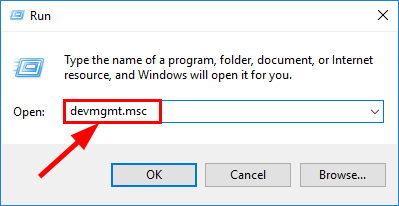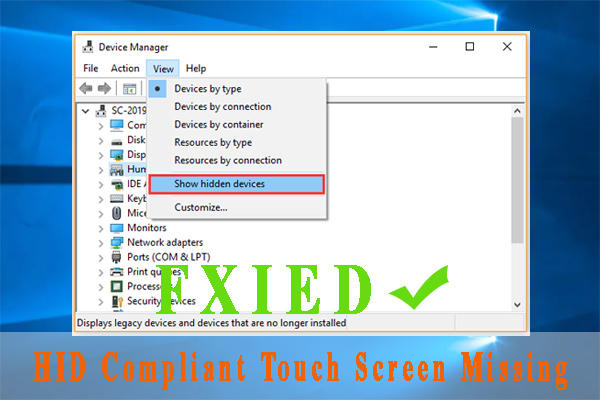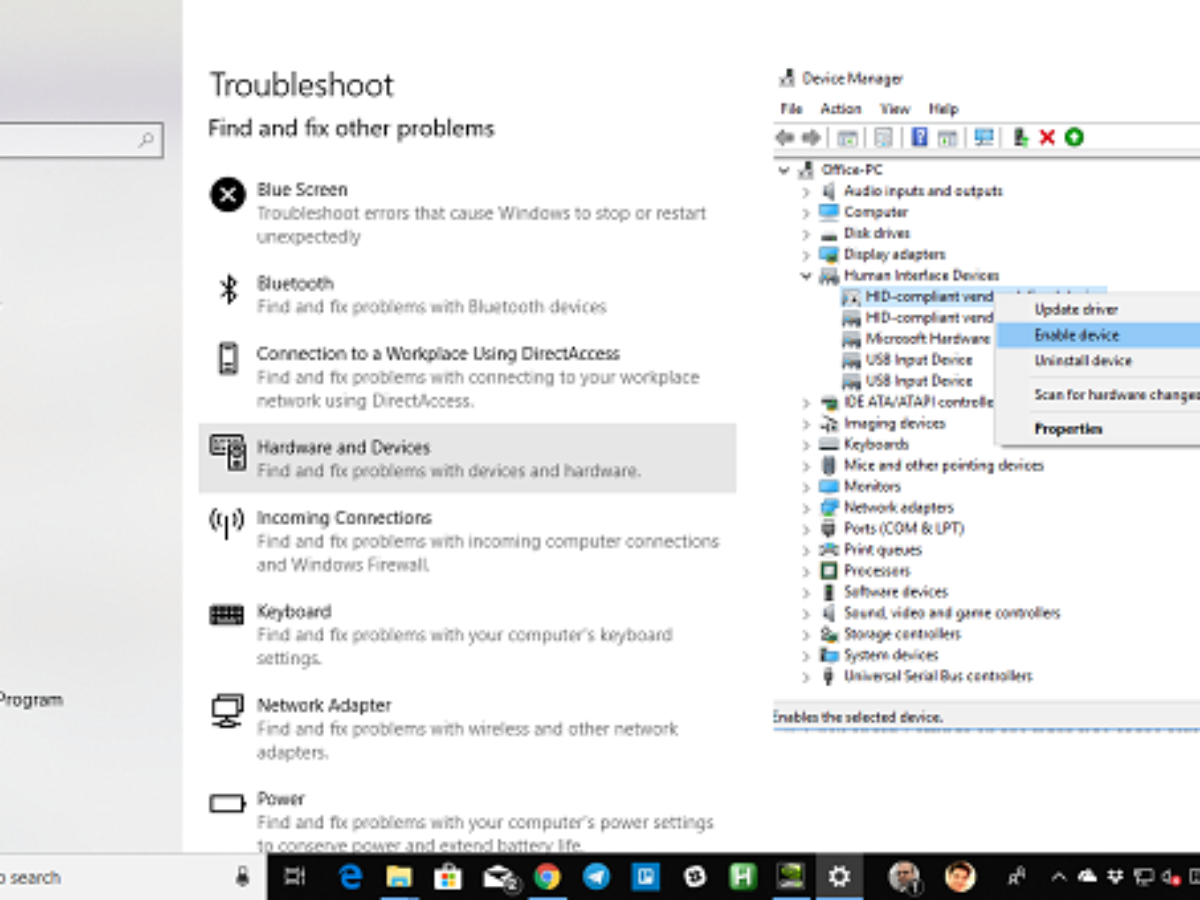
Windows 8 received a mostly negative reception. Windows 8 is the first version of Windows to support the ARM architecture under the Windows RT branding additionally, CPUs without PAE, SSE2 and NX are no longer supported. Additional security features - including built-in antivirus software, integration with Microsoft SmartScreen phishing filtering, and support for Secure Boot on supported devices - were introduced.

Windows 8 also added support for USB 3.0, Advanced Format, near-field communication, and cloud computing.

Many of these features were adapted from Windows Phone. In particular, these changes included a touch-optimized Windows shell and start screen based on Microsoft's Metro design language, integration with online services, the Windows Store, and a new keyboard shortcut for screenshots.

Windows 8 introduced major changes to the operating system's platform and user interface with the intention to improve its user experience on tablets, where Windows competed with mobile operating systems such as Android and iOS. It was released to manufacturing on Augit was subsequently made available for download via MSDN and TechNet on August 15, 2012, and later to retail on October 26, 2012. Windows 8 is a major release of the Windows NT operating system developed by Microsoft.


 0 kommentar(er)
0 kommentar(er)
